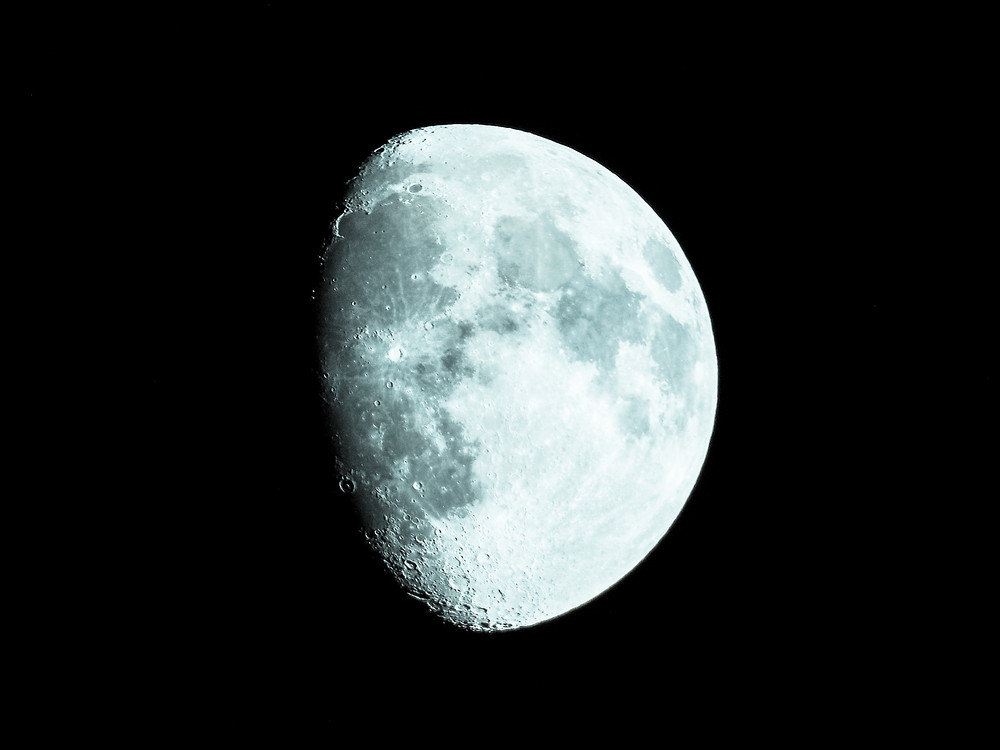What if the year was only 354 days long? What if a month lasted only 29 days? Would you notice a difference? For thousands of years, humans observed such a calendar based on the shifting phases of the moon.
Though 365-day solar calendars have dominated Western timekeeping since the days of Ancient Rome, moon phase calendars still remain important in many cultural and religious traditions. They’re used to determine the Chinese New Year, Diwali, and many other important holidays.
If you’re interested in better understanding the moon and its effect on the world and your own life, you may want to learn to trace the moon’s cycles with a moon phase calendar.
What are Moon Phases?
Moon phase calendars generally divide the changing appearance of the moon over time into eight principal and intermediate phases. These are moon phases, and they describe the appearance of the Moon as seen from Earth. Moon phases change cyclically based on the relative positions of our sun, Earth, and moon.

Some examples of moon phases are the Full Moon, the New Moon, the Waning Crescent Moon, and the Waxing Gibbous Moon. The moon completes a cycle of these phases roughly every 29 and a half days, or one lunar month. (Click here for a more detailed breakdown of moon phases.)
Different Types of Moon Phase Calendars
Calendars based on lunar cycles are one of the first innovations in timekeeping to be developed by humans. Lunar (or moon phase) calendars can refer to traditional calendars used in religious and cultural practices. For example, the Islamic Calendar is a lunar calendar used by Muslims to determine the proper days of Islamic holidays and rituals.
However, most lunar calendars suffer from a lack of configuration that causes each month to cycle through four seasons over the course of a 33 year lunar cycle. Some cultures have addressed this by adding an additional month every second or third year. In recent centuries, the dominance of the solar Gregorian calendar has led to the development of modern moon phase calendars.

How to Read a Modern Moon Phase Calendar
Many modern moon phase calendars map the phases of the moon onto the the more familiar solar calendar we use every day. When you look at a modern moon phase calendar, you will see each day of the year labeled with a pictogram representing the moon in the phase it will be in during that period.
A fully interactive moon phase calendar will allow you to read more about the type of moon phase on each date of the calendar. It will supply helpful information like illumination levels, moon age, moon angle, and moon distance. Depending on the type of moon phase calendar, there may also be further astronomical data, details about oceanic tides, and beliefs about how the phase affects mood and lifestyle.
If this article has piqued your interest, seek out a moon phase calendar that suits you based on your particular interests. Once you find the right calendar, consider checking it regularly as part of your routine. You may even want to pick a time each night to observe the moon and write down your thoughts and reflections in a moon journal.







